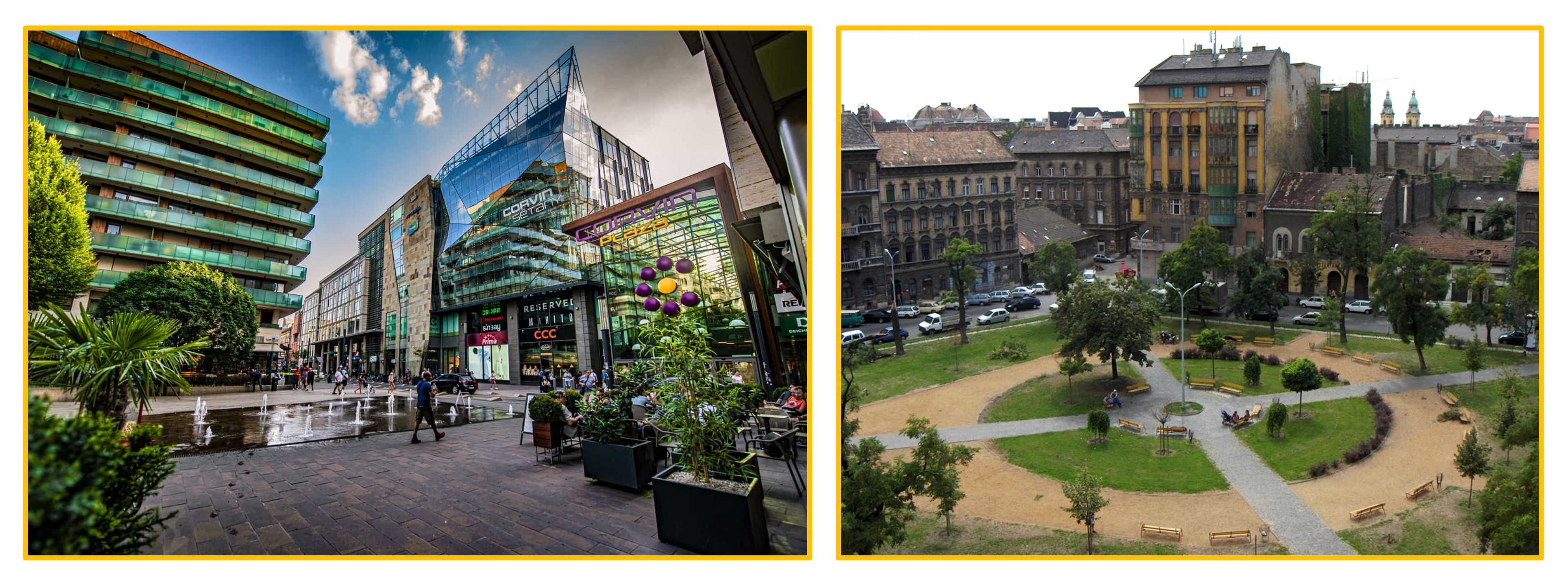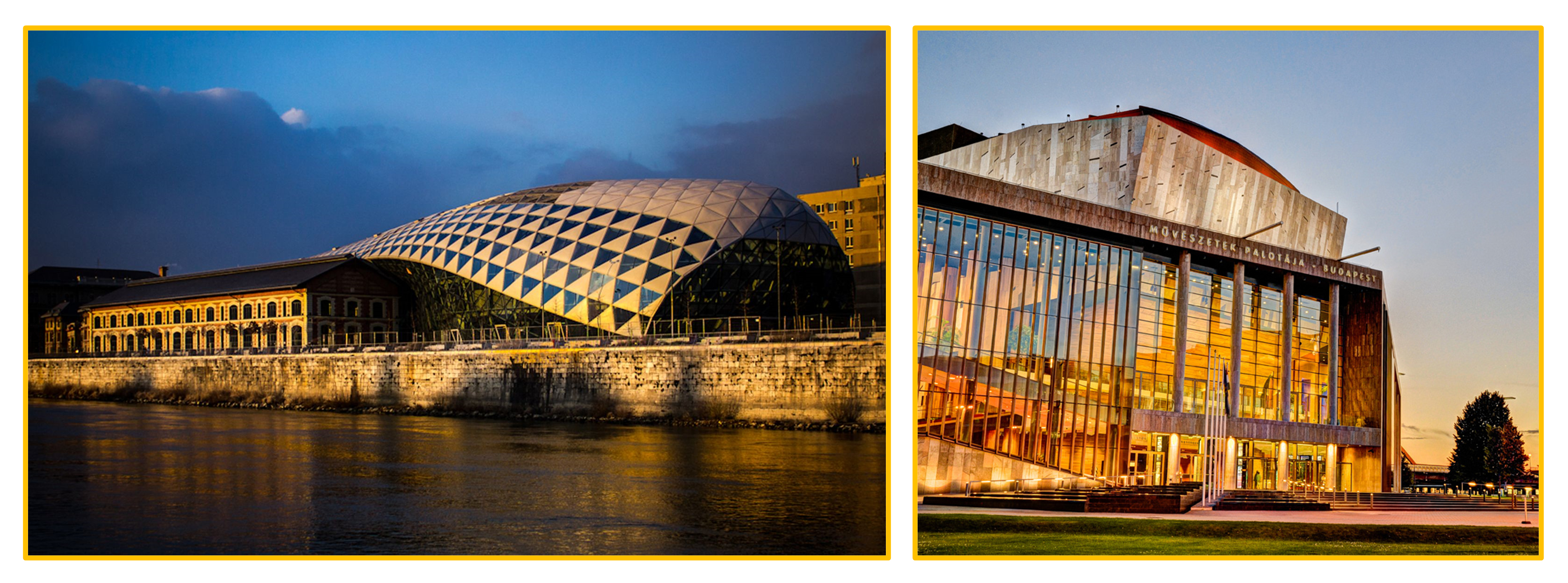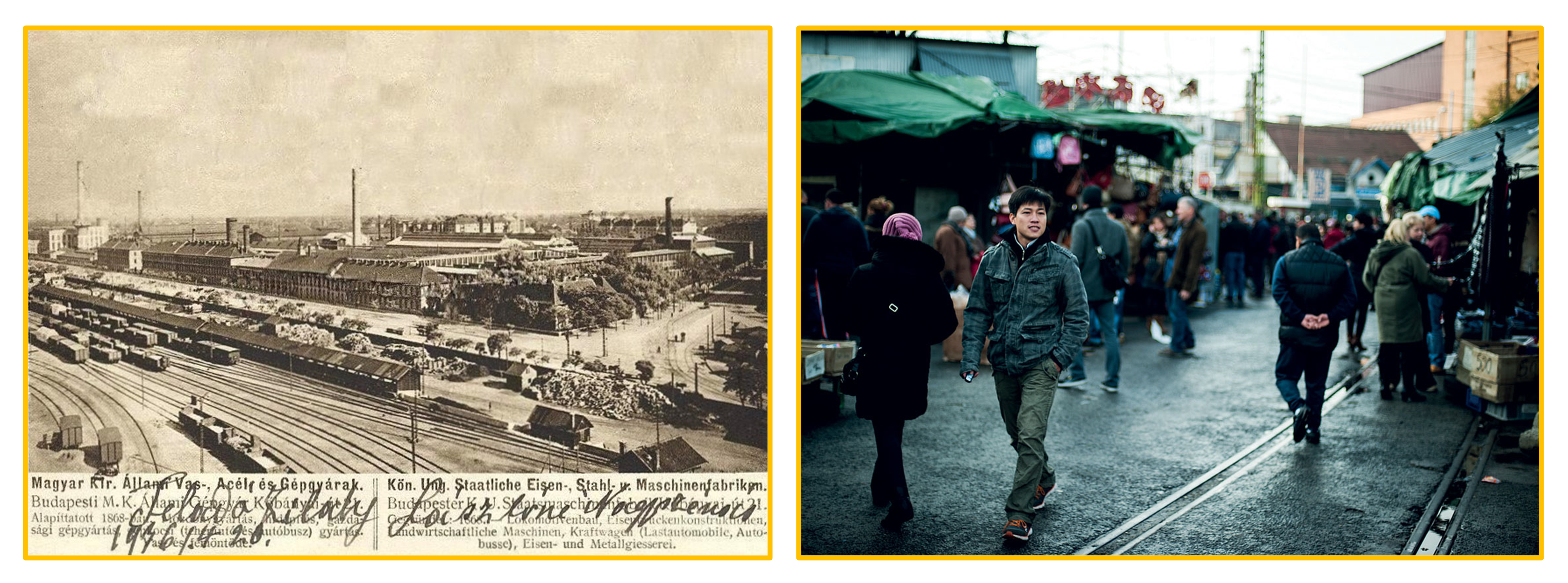Budapest mini field trips
Budapest mini field trips
In the first two conference days (27–28 June), CATference participants will be offered 3 short (approx. 2–2,5 hours) field trips in various parts of Budapest. They can select one of these free of charge, included in the registration fee:
URBAN REGENERATION, GENTRIFICATION & DISPLACEMENT IN DISTRICT VIII
On the example of the Corvin Promenade Project (CPP) and the Magdolna Quarter Programme (MQP) in District VIII, this field trip provides participants with a critical narrative of the different approaches and practices of urban regeneration in Budapest. Whereas the CPP was a radical intervention in the urban tissue of a formerly blighted area (merely displacing urban poverty), the MQP was an attempt to move towards a more socially sensitive form of urban rehabilitation – yet, with several question marks.

BROWNFIELD REGENERATION & THE FUNCTIONAL TRANSFORMATION OF THE DANUBE WATERFRONT IN DISTRICT IX
This field trip covers the rapid transformation of the Danube waterfront in District IX. With its several steam mills, slaughterhouses, warehouses, fruit and vegetable depots, and other facilities connected to food industries, this formerly monofunctional area was referred to in the local vernacular of the late-19th century as “the stomach of Budapest”. Through the example of this neighbourhood, several urban development phenomena and processes will be featured, including the post-Fordist restructuring, brownfield regeneration, the impact of (failed) megaevents, or the postmodern functional fragmentation of urban space.

FROM AN INDUSTRIAL NEIGHBOURHOOD TO BUDAPEST’S “CHINATOWN”: THE FORMER GANZ-MÁVAG AREA IN DISTRICT VIII
With over 20.000 employees working in a more than 40-hectare area in District VIII, Ganz-MÁVAG was once one of the largest manufacturing sites in Hungary. However, owing to a series of (partly unintended) events, today Central and Eastern Europe's largest Chinese community uses this area (along with Vietnamese, Afghan, etc. entrepreneurs). In addition to the nexus of (de)industrialisation and international migration, this field trip provides participants with a brief insight into Budapest's subcultural histories as well: located within the former workers' housing estate “MÁVAG Colony”, a club named Fekete Lyuk (i.e., Black Hole) was the hotbed of several underground music scenes in the 1980s and 90s, including punk, hardcore, and various subgenres of metal music.


